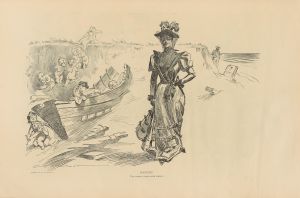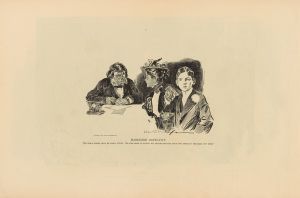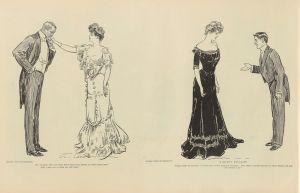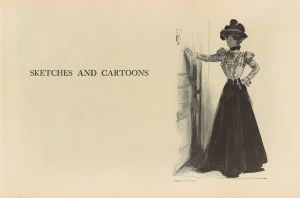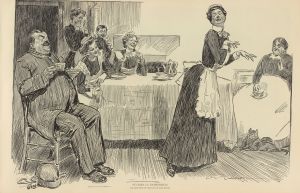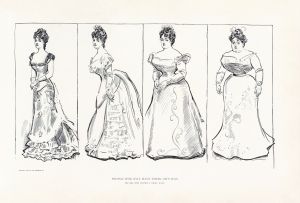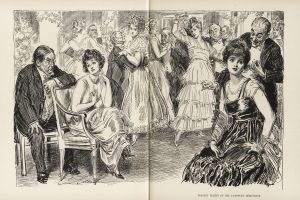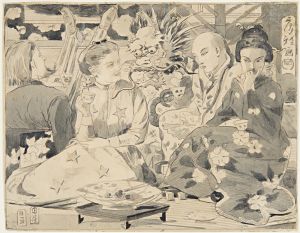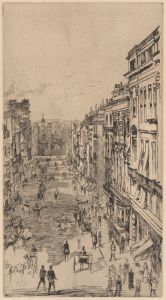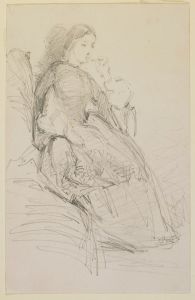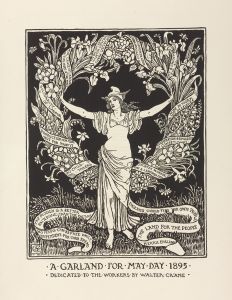
Small Wigs and Big Fees
A hand-painted replica of Charles Dana Gibson’s masterpiece Small Wigs and Big Fees, meticulously crafted by professional artists to capture the true essence of the original. Each piece is created with museum-quality canvas and rare mineral pigments, carefully painted by experienced artists with delicate brushstrokes and rich, layered colors to perfectly recreate the texture of the original artwork. Unlike machine-printed reproductions, this hand-painted version brings the painting to life, infused with the artist’s emotions and skill in every stroke. Whether for personal collection or home decoration, it instantly elevates the artistic atmosphere of any space.
Charles Dana Gibson was an influential American illustrator best known for his creation of the "Gibson Girl," an iconic representation of the American woman at the turn of the 20th century. His work appeared in numerous magazines, and he was celebrated for his keen ability to capture the social dynamics and cultural nuances of his time through his art. One of his notable works is "Small Wigs and Big Fees," which reflects his characteristic style and thematic focus.
"Small Wigs and Big Fees" is a black-and-white illustration that exemplifies Gibson's talent for social commentary. The artwork is part of a larger body of work that often satirized the upper echelons of society, capturing the idiosyncrasies and contradictions of the social elite. Gibson's illustrations were known for their wit and humor, often highlighting the absurdities of social conventions and the disparities between appearance and reality.
In "Small Wigs and Big Fees," Gibson employs his signature pen-and-ink technique to create a scene that is both detailed and expressive. The illustration depicts a group of lawyers, characterized by their exaggerated features and expressions, engaged in what appears to be a serious discussion. The title itself is a play on words, suggesting a critique of the legal profession, where the importance of appearance ("small wigs") contrasts with the substantial fees charged by lawyers. This duality is a common theme in Gibson's work, where he often juxtaposed the superficial with the substantive to highlight societal ironies.
Gibson's illustrations were widely published in magazines such as Life, Harper's Weekly, and Scribner's, reaching a broad audience and influencing public perception of social issues. His work was not only a reflection of the times but also a commentary on the evolving roles and expectations within society. The "Gibson Girl," for instance, became a cultural icon representing the independent and modern woman, and similarly, works like "Small Wigs and Big Fees" offered insights into the professional and social landscapes of the era.
The impact of Gibson's work extended beyond his lifetime, influencing subsequent generations of artists and illustrators. His ability to encapsulate the spirit of an era through his art made him a pivotal figure in American illustration. "Small Wigs and Big Fees," like many of his works, remains a testament to his skill in blending artistry with social critique.
Overall, Charles Dana Gibson's "Small Wigs and Big Fees" is a prime example of his illustrative prowess and his capacity to engage with the cultural and social dialogues of his time. Through his art, Gibson provided a lens into the complexities of early 20th-century American society, capturing both its charm and its contradictions with a deft hand.





